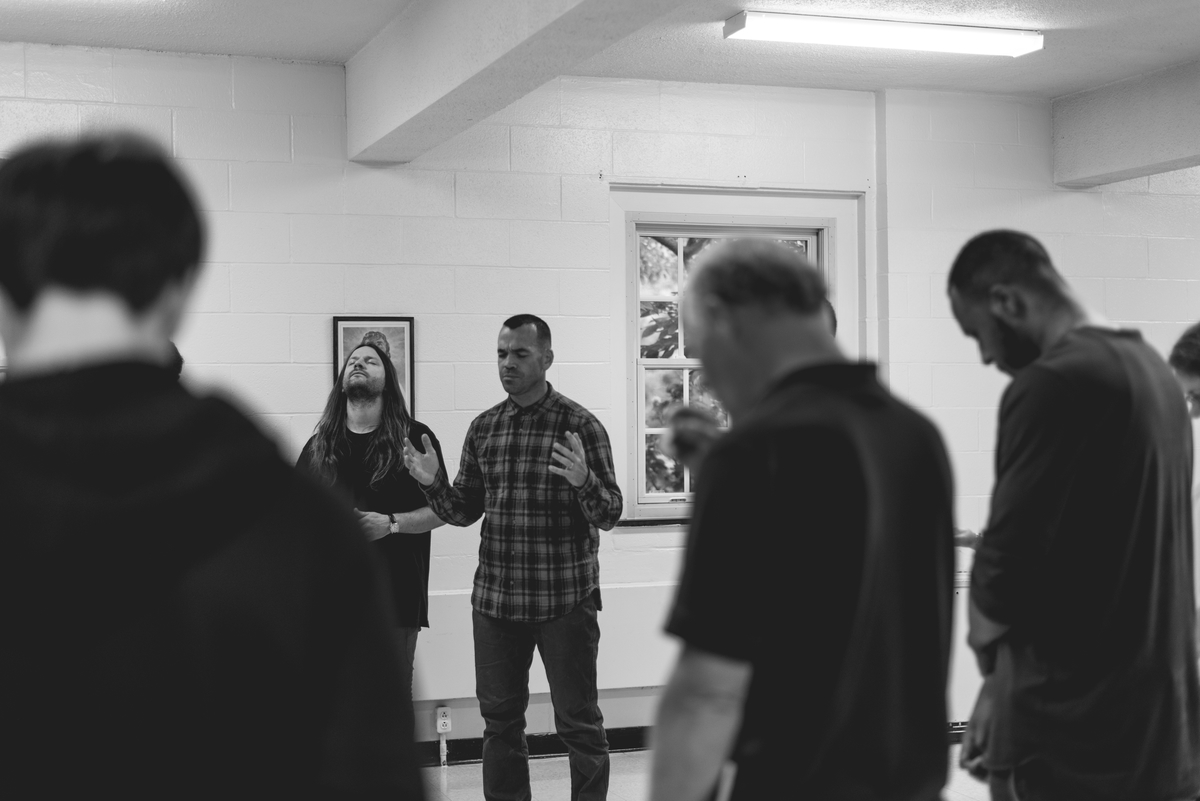Kenton Beshore (my predecessor and pastor emeritus at our church) and I meet every other week for lunch, and I always learn something. Recently Kenton shared some helpful insight about managing the multiple responsibilities of a senior pastor. They would likely apply to other roles too. I am paraphrasing, but he essentially said: “You are both the leader and the communicator – the overseer and the lead teacher. And as the overseer you have to lead and shepherd the teacher in you. If you do not, the teacher in you and the church as a whole will suffer. You have to lead the teacher in you like you would lead any other person who teaches as frequently as you teach.”
Of course I wondered what prompted the discussion. To which Kenton replied that he has seen many pastors not lead themselves well in terms of their teaching responsibilities, and that, without intentionality, the pace and rhythm of ministry will pull time and energy away from the “teacher in you.”
I have thought about his insight a lot, and here are six ways pastors should lead themselves as teachers. Yes, I believe that “teacher” and “overseer” is integrated and that one is both at all times. I am not advocating for an unhealthy separation of those two responsibilities – as if only one of them requires time with the Lord and submission to the Spirit’s prompting. This is simply meant to be helpful as we lead ourselves well in relation to our teaching.
1. Be sure the teacher is being fed.
The person who communicates the Scripture to the flock must be a person who is enjoying time with the Lord, whose heart is being warmed by His glory and grace. Charles Spurgeon wrote: “You cannot feed the sheep unless you are fed yourself. I think a teacher is very unwise who does not come to hear the gospel preached and get a meal for his own soul. First be fed, and then feed.” So, lead yourself spiritually before you attempt to lead anyone else.
2. Help the teacher take ample time to prepare.
The “leader in you” must block off time for the “teacher in you” to read, study, and prayerfully prepare messages. Those times must be guarded as ferociously as possible for the sake of the people.
3. Give the teacher freedom to prepare in the most effective place.
The “leader in you” may want to be in the office to set the pace for the team, but IF that is not the best place for the teacher to prepare – then the “leader in you” must stand up for the “teacher in you” and help the teacher prepare wherever the best preparation happens. Some pastors have confessed that they know they prepare better off-site, but they feel guilty not being in the office. Direct the teacher to go wherever the prep is most effective.
4. Hold the teacher accountable to deadlines that help the church.
If having a teaching plan for an upcoming series helps the communication team or the discipleship team, then “the leader in you” must hold “the teacher in you” accountable for that plan and deadline.
5. With the help of others, set up systems that help the teacher focus.
As the leader, ask others to help protect the teacher’s prep time. As the leader, know what distracts the teacher before teaching and work hard to eliminate those distractions. For example, if “the leader in you” wants to respond to emails but they can distract the “teacher in you” before teaching, then “the leader in you” has to protect the focus of “the teacher in you.”
6. Remind the teacher of the serious responsibility.
Be sure “the teacher in you” remembers the charge that was likely read to you by an older leader when you first started teaching and preaching: “I solemnly charge you before God and Christ Jesus, who is going to judge the living and the dead, and because of his appearing and his kingdom: Preach the word; be ready in season and out of season; rebuke, correct, and encourage with great patience and teaching” (II Timothy 4:1-2).





